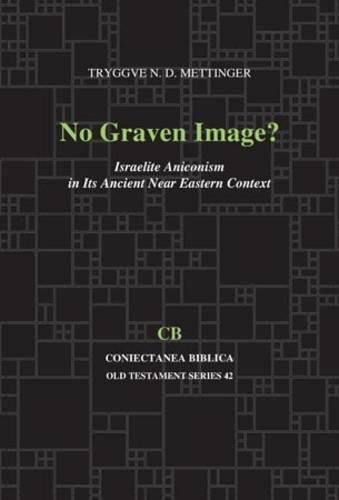Readings Newsletter
Become a Readings Member to make your shopping experience even easier.
Sign in or sign up for free!
You’re not far away from qualifying for FREE standard shipping within Australia
You’ve qualified for FREE standard shipping within Australia
The cart is loading…






This is the first in-depth study of the Israelite prohibition of images in the light of comparative material from the surrounding cultures. The author proposes a distinction between tolerant de facto aniconism and programmatic aniconism and argues that there was a development from West Semitic de facto aniconism (cults focussed on aniconic stelae) to programmatic aniconism (Israelite iconoclasm and the prohibition in the decalogue). Aniconism as such is found to be a conventional practice in several West Semitic cultures; the development into programmatic aniconism is, however, an Israelite phenomenon.
There were two main forms of aniconism in the ancient Near East: material aniconism (aniconic symbols such as stelae, masseboth) and empty-space aniconism (empty thrones). Various cultures in the ancient Near East yield important comparative material. The emphasis is on West Semitic cults with open-air cult places (high places, bamoth), which had sacrificial slaughter and a sacral meal shared by the participants and their god (represented by an aniconic stele), in contrast with Mesopotamian temples, with the care and feeding of the gods (represented by a cultic image). The author deals with the following cultural areas: Egypt, Mesopotamia, Syria, Phoenicia, Arabia, the Nabatean domain, and Palestine.
$9.00 standard shipping within Australia
FREE standard shipping within Australia for orders over $100.00
Express & International shipping calculated at checkout
This is the first in-depth study of the Israelite prohibition of images in the light of comparative material from the surrounding cultures. The author proposes a distinction between tolerant de facto aniconism and programmatic aniconism and argues that there was a development from West Semitic de facto aniconism (cults focussed on aniconic stelae) to programmatic aniconism (Israelite iconoclasm and the prohibition in the decalogue). Aniconism as such is found to be a conventional practice in several West Semitic cultures; the development into programmatic aniconism is, however, an Israelite phenomenon.
There were two main forms of aniconism in the ancient Near East: material aniconism (aniconic symbols such as stelae, masseboth) and empty-space aniconism (empty thrones). Various cultures in the ancient Near East yield important comparative material. The emphasis is on West Semitic cults with open-air cult places (high places, bamoth), which had sacrificial slaughter and a sacral meal shared by the participants and their god (represented by an aniconic stele), in contrast with Mesopotamian temples, with the care and feeding of the gods (represented by a cultic image). The author deals with the following cultural areas: Egypt, Mesopotamia, Syria, Phoenicia, Arabia, the Nabatean domain, and Palestine.